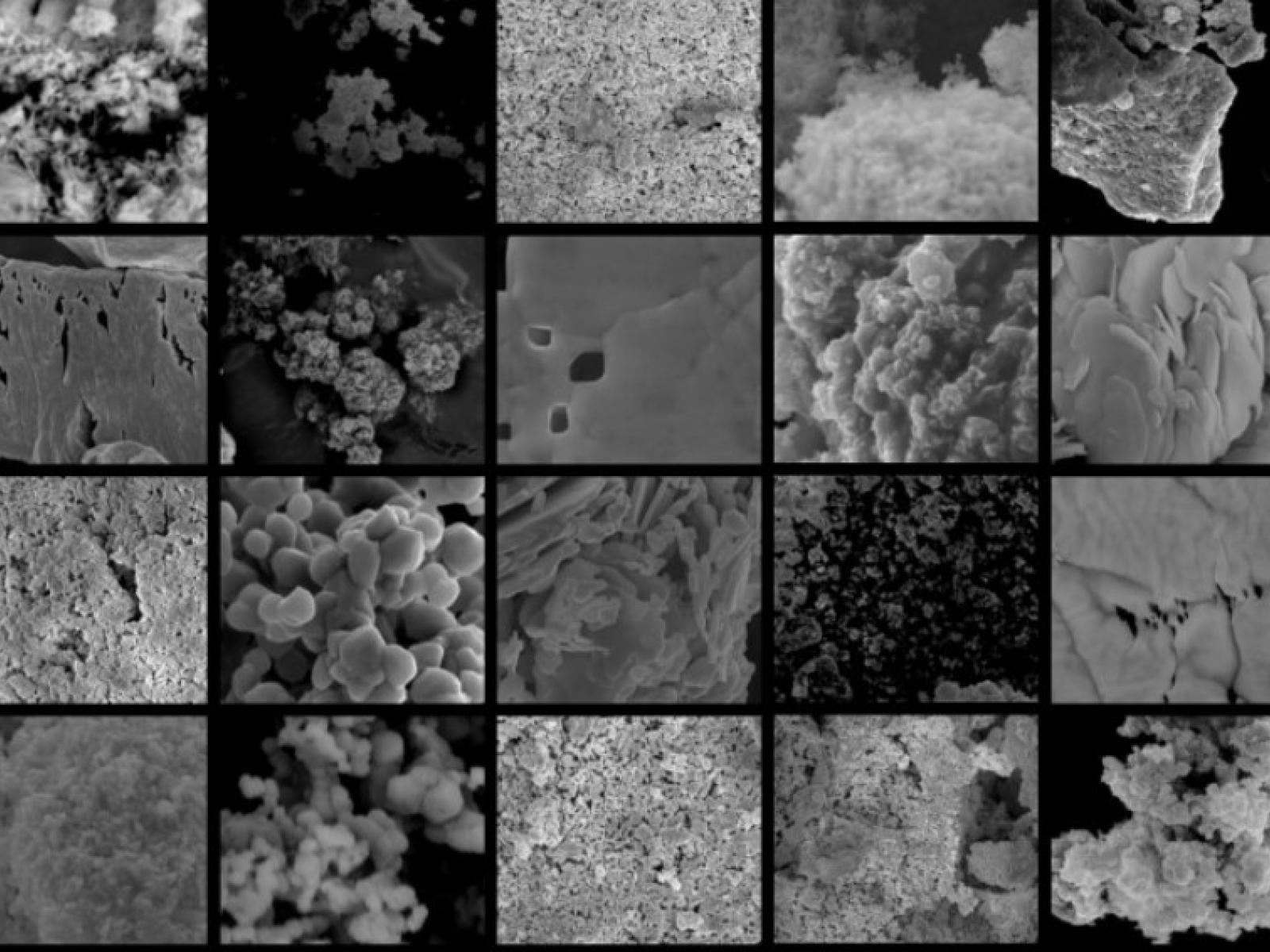Sharkzor
Sharkzor
Powered by few-shot learning, the Sharkzor AI-driven, scalable web application makes it possible to quickly characterize and sort electron microscopy images used to analyze radioactive materials.

Microparticle samples as seen in the Shakzor user interface